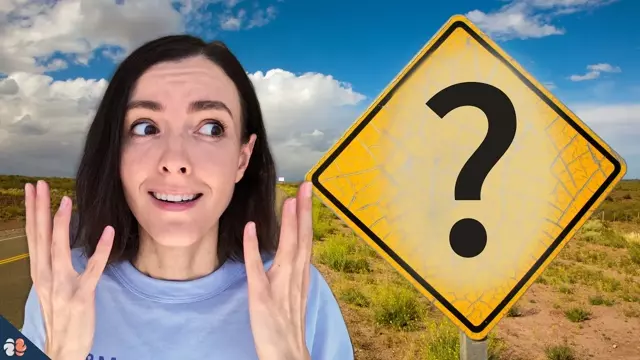2022-04-13
[public] 6.64K views, 1.65K likes, dislikes audio only
Get your FREE Wondrium trial here: https://www.wondrium.com/braincraft (and keep learning!)
Is it "Lane One Form" or "Form One Lane? Are there any traffic signs you find particularly confusing? Comment below 👇👇👇
A big thank you to Aradhna Krishna and Alie Caldwell for their time.
Subscribe to Alie's channel Neurotransmissions: https://www.youtube.com/channel/UCYLrBefhyp8YyI9VGPbghvw
More on Prof. Krishna's work: https://aradhnakrishna.com/
Support me and this channel on Patreon: http://patreon.com/braincraft
We interact with traffic and road signs constantly, though you probably haven't spent much time thinking about them. This is may be because they often guide our behaviour below our conscious awareness. Signs are SUPER important, but traffic signs aren't designed in an inclusive way – those with dyslexia and elderly people take longer to process certain types of signs. So which signs are the worst, most confusing or infuriating? How can traffic sign design be better? At this point, you should really stop reading this description and just watch the video.
SUBSCRIBE to BrainCraft! 👉 http://ow.ly/rt5IE
My Twitter https://twitter.com/nessyhill | Instagram https://instagram.com/nessyhill
REFERENCES 📚
Crundall & Underwood. (2001). The priming function of road signs. Transportation Research
Young et al. (2018). Distraction and older drivers: an emerging problem? Journal of the Australasian College of Road Safety
Taylor et al. (2016). Reading the situation: The relationship between dyslexia and situational awareness for road sign information. Transportation Research
Tejero et al. (2020). Better read it to me: Benefits of audio versions of variable message signs in drivers with dyslexia. Annals of dyslexia
Cian, Krishna, & Elder. (2015). A sign of things to come: behavioral change through dynamic iconography. Journal of Consumer Research
Eykholt et al. (2018). Robust physical-world attacks on deep learning visual classification. Proceedings of the IEEE conference on computer vision and pattern recognition
/youtube/video/cW3nKRWGFZM?t=230.06
/youtube/video/cW3nKRWGFZM?t=325.34
/youtube/channel/UCt_t6FwNsqr3WWoL6dFqG9w
https://www.patreon.com/BrainCraft
/youtube/video/NkUy2yzaCmQ

